P
eople, places, and things. Are they the treasures in life that we seek? All of that is here on this pilgrimage. They exist on all walks – spiritual and otherwise – where people are dedicated to a purpose. What is interesting is you find that your purpose is everyone else’s. The revelation – finding that out – may be a little disappointing or unnerving.
You are not the only one
You thought that you would be alone in your thoughts, actions, and even your purpose. But the ohenro you just met on the path is also trying to sort out personal issues, hide from the truth, or resolve something heavy on their hearts and minds.
You may find that all the time in the world and room to roam isolate yourself is not what you need. That blank canvas you wished to paint your worries, sorrows, hopes, and dreams on is not a good medium. You are not the only one who may feel that way.
Do you feel cheated or fortunate?
It does not take long to see that there are people like you coming to this place to learn about themselves. Like you, they seek peace in their lives. They seek to grow in compassion, understanding, and self-sufficiency. They find their true treasures are of the heart. Like you, they find that we are more alike than different… that we are sisters and brothers from another mother or father.
Let’s walk.
Guidance map
I decided to follow the recommended route for walking from temple 59 to temple 60. They are relatively close together. Why is there such concern about temple 60? Isn’t it simply on the way? Well… I’ll take about it in the next post.
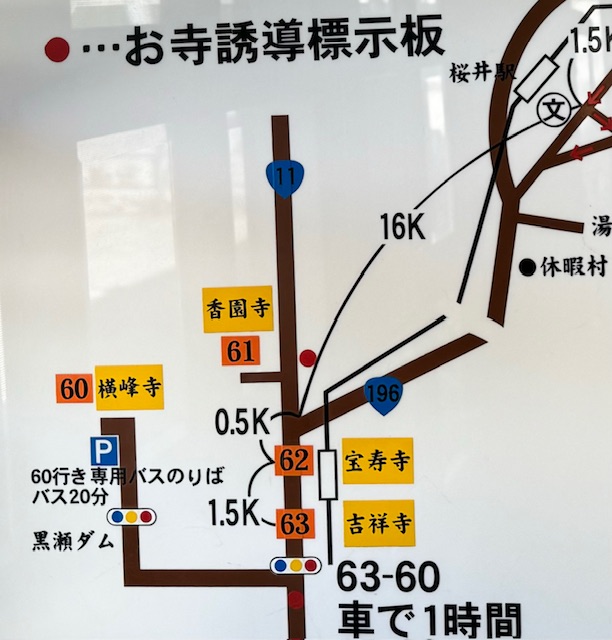
from T59: T61-62-63-60
62 Hōju-ji
Temple of Wealth and Happiness
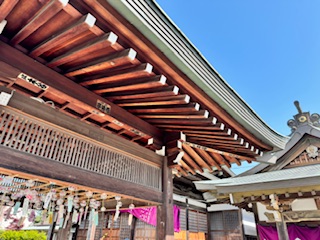
The temple was once a branch of Ōyamazumi Shrine on Ōmishima Island. It was associated with maritime clans that dominated the Seto Inland Sea.
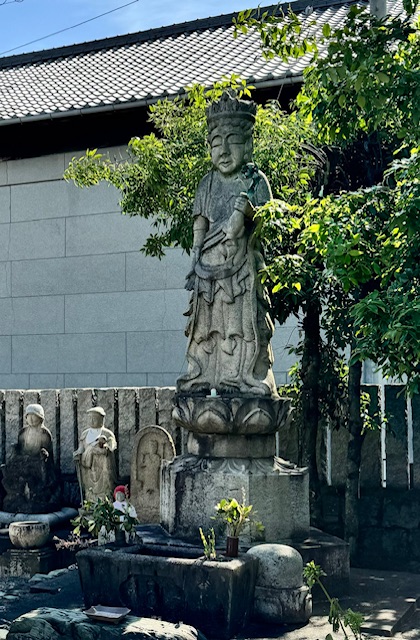
Kūkai stayed here for a long time and carved a statue in the image of Emperor Shōmu’s wife, Empress Kōmei.
Hōju-ji flourished as a branch of Ōyamazumi Shrine until 1585 when it was destroyed in the conquest of Shikoku. It went through many changes before settling at its current location.
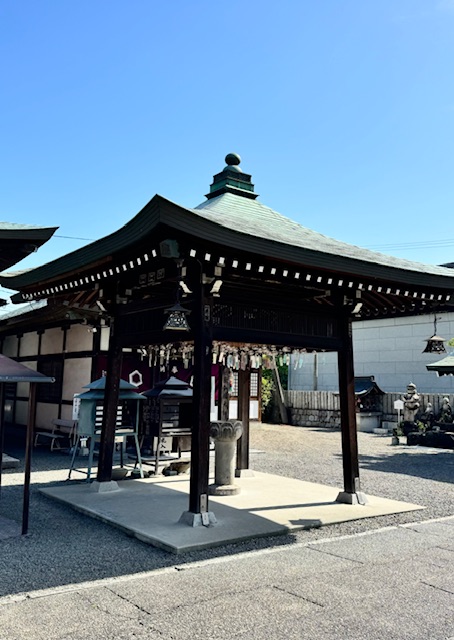
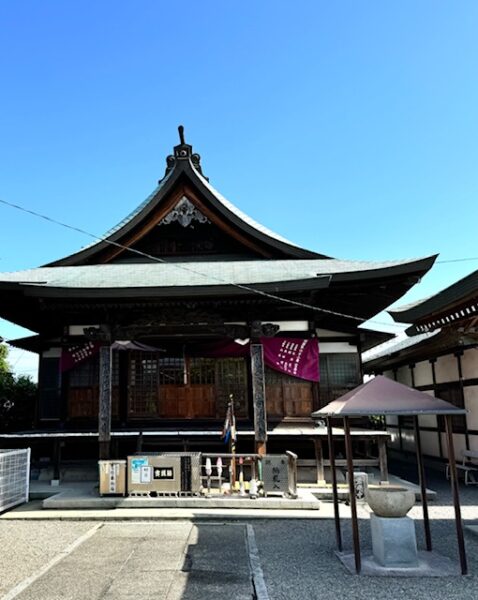
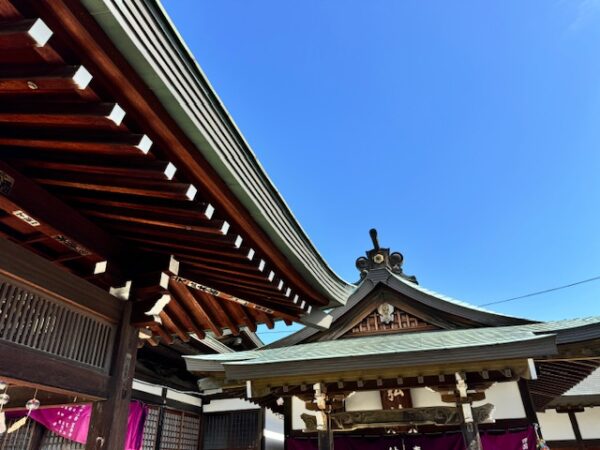
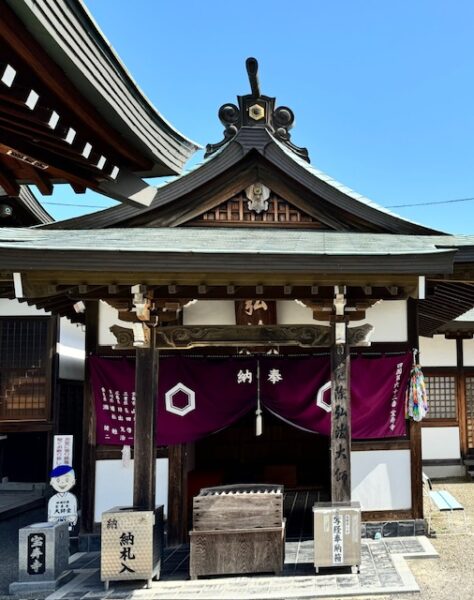
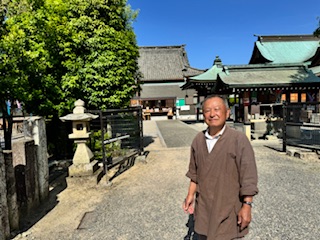
This man is a calligrapher at the temple’s main office. He wrote the stamp or goshuin for my stamp book. We talked a bit about my pilgrimage here in Japan. Then, I asked him to point me in the direction to the next temple. First, he pointed toward the way, then he hopped out of his chair and walked with me through the temple grounds. 🕉️
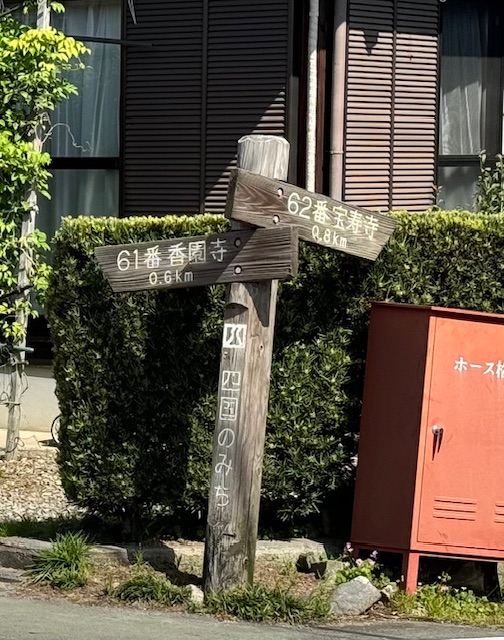
61 Kōon-ji
Temple of the Incense Garden
From the sloped approach, Kōon-ji looks like any other temple. There are traditional structures such as the fountain and belfry. Soon, however, you see an expansive plaza in front of the main hall.
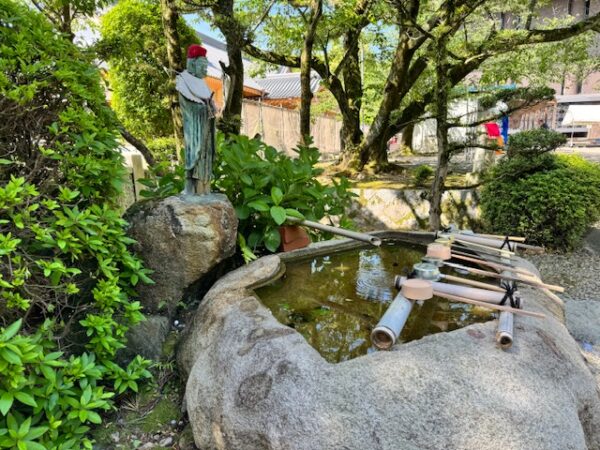
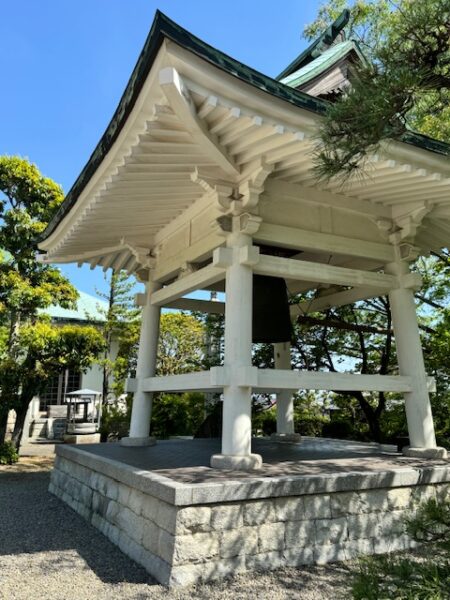
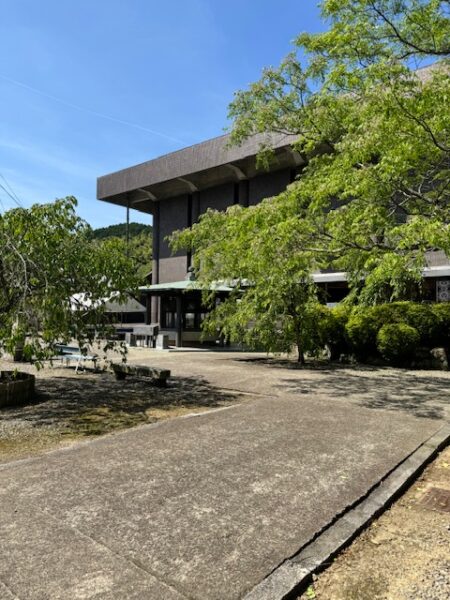
It is not what you expect. The building is a modern, mammoth concrete and tile structure.
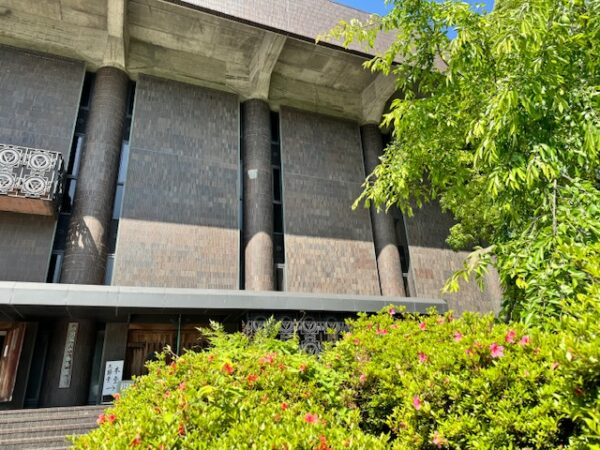
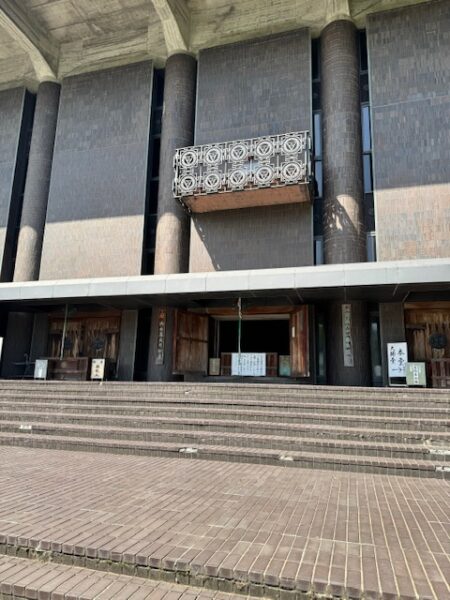
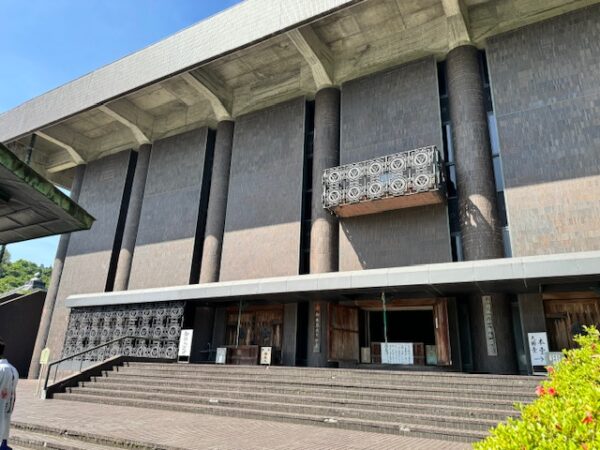
The architectural details are worth the time to study before heading up the stairs to reach the main temple.
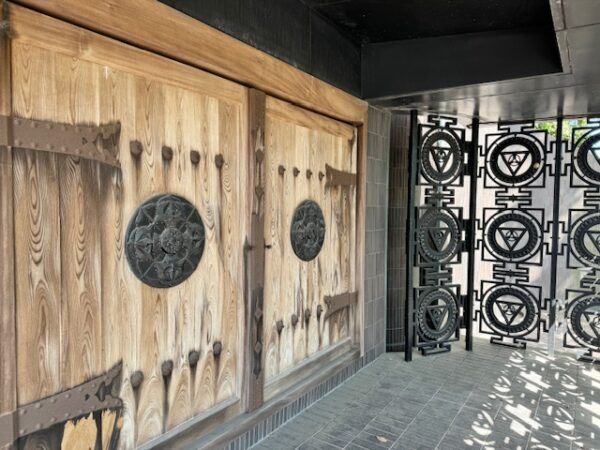
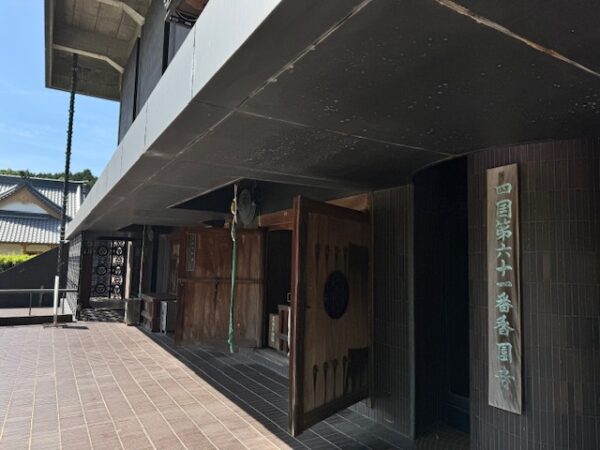
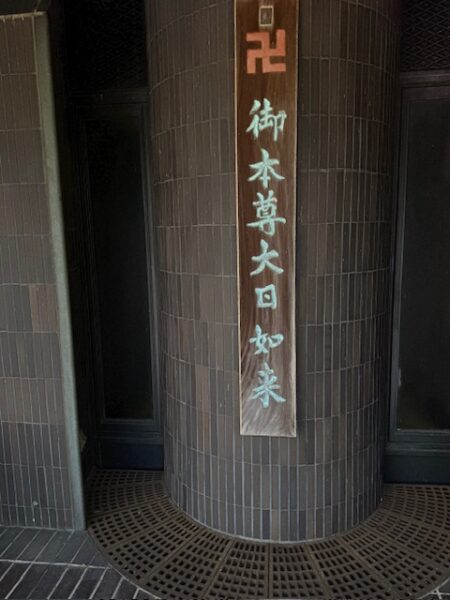
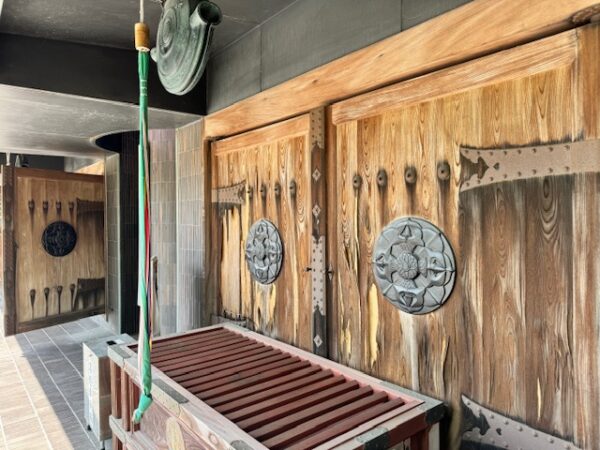
Flights of steps on both sides of the building lead to the main hall and the Daishi Hall.
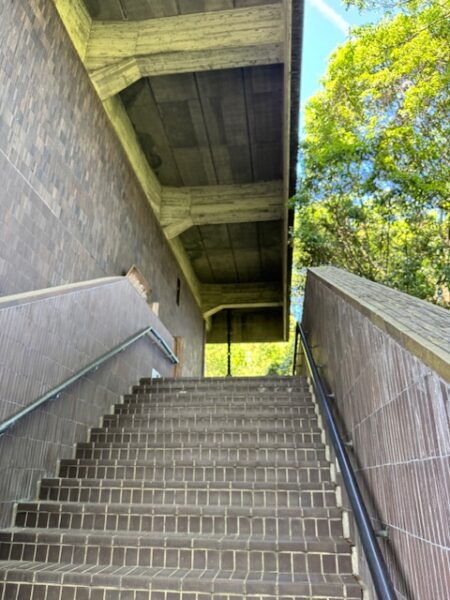
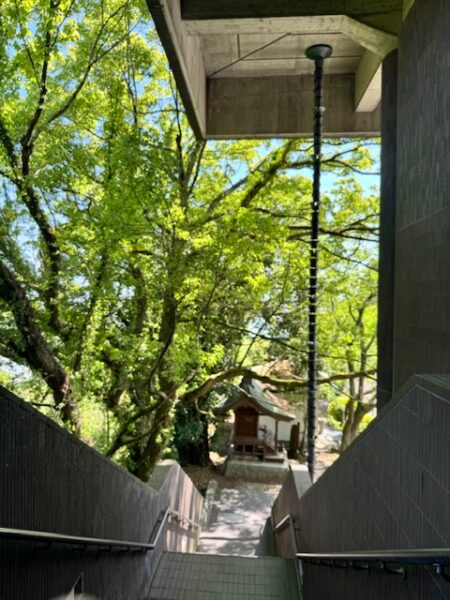
The main hall features an altar with elaborate lanterns and a great deal of gold pendant decorations, with a large gold statue of Dainichi Nyorai in the middle.
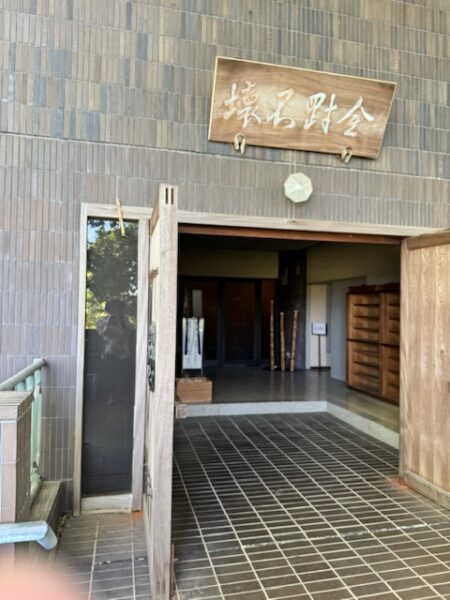
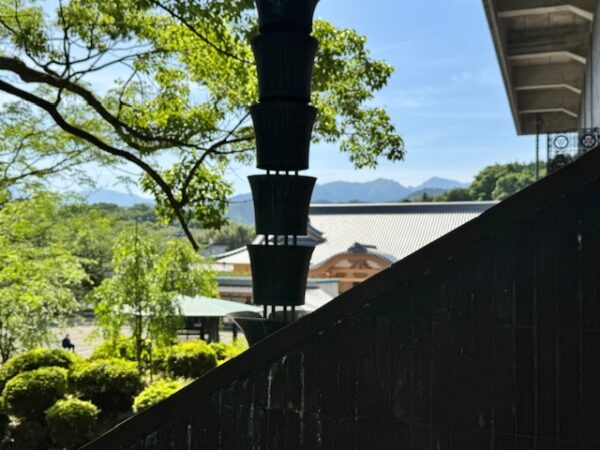
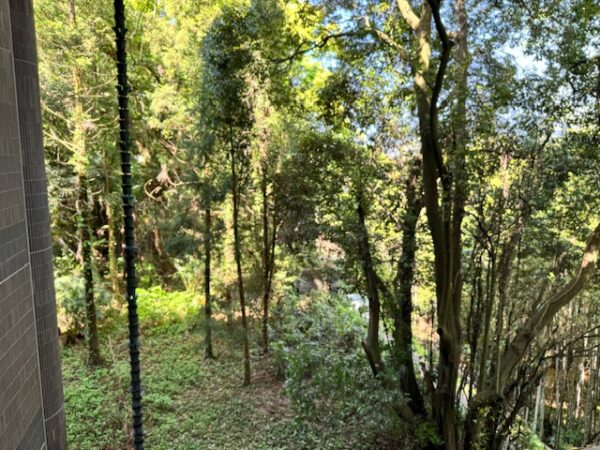
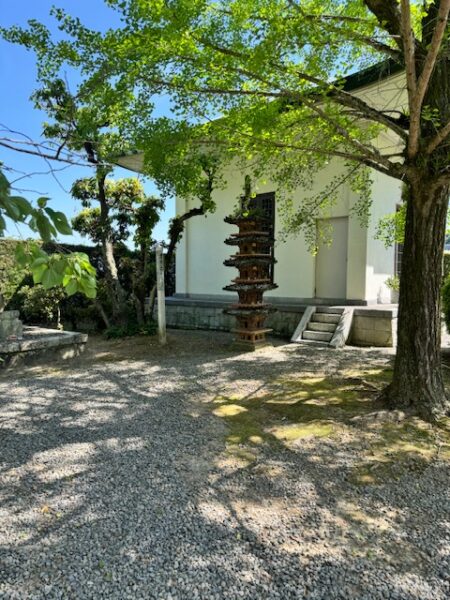
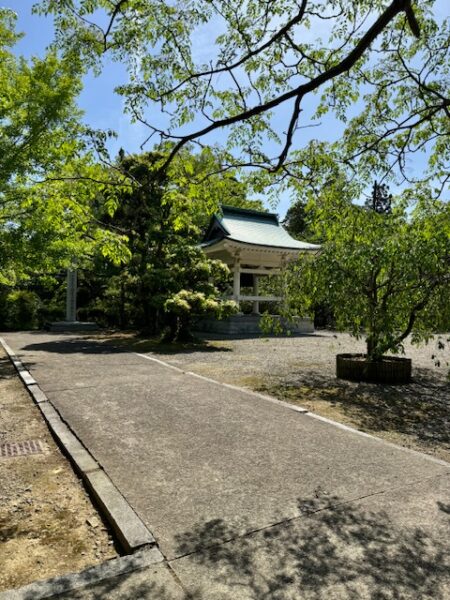
63 Kichijō-ji
The Temple of Lakshmi
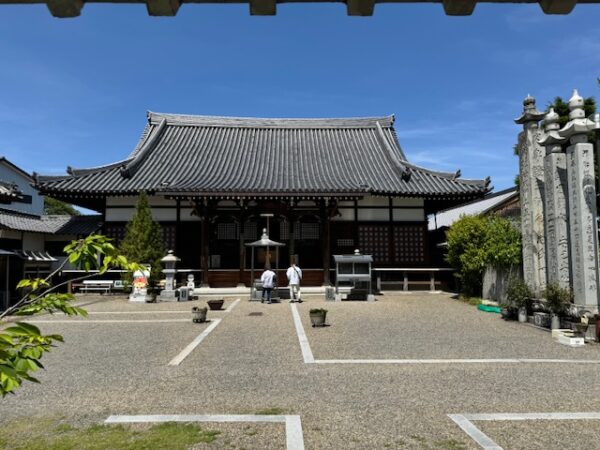
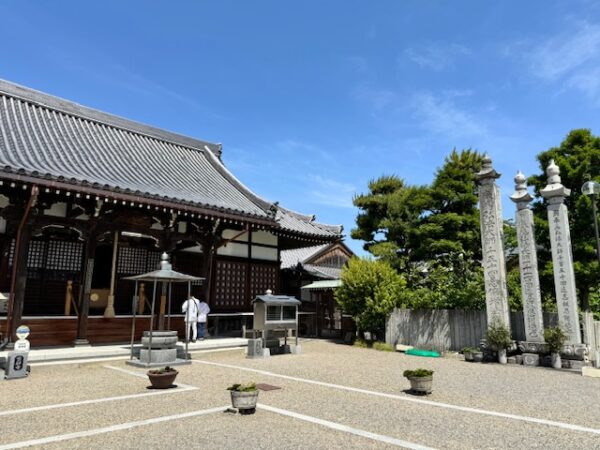
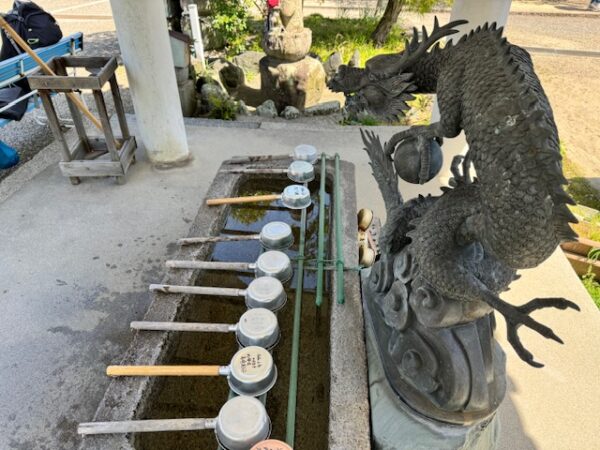
Dragon fountain.
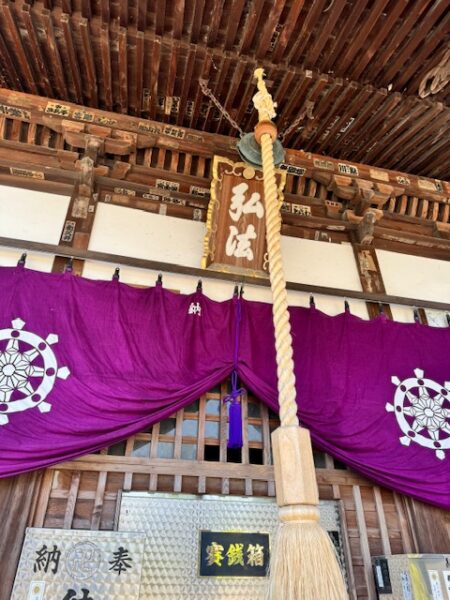
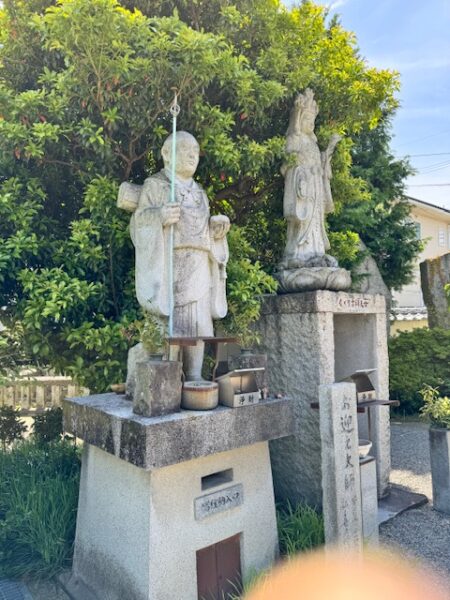
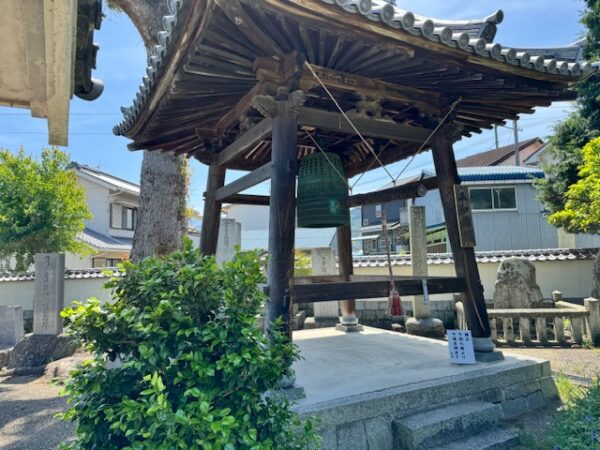
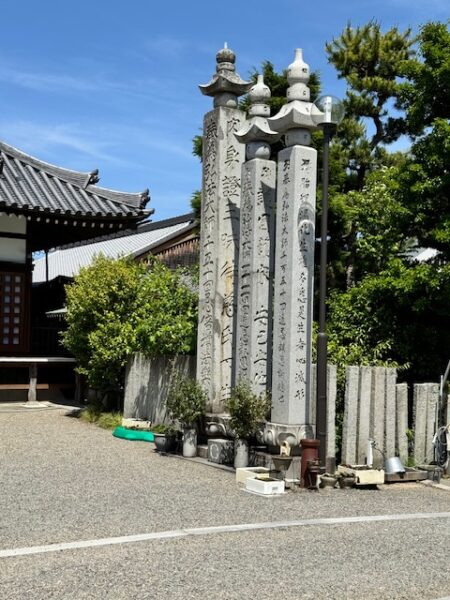
Hidden Treasures
Many carvings, sculptures, artwork, artifacts, buildings, and lands are designated as National Treasures throughout Japan. Where possible, they are housed in official treasury buildings including temples. Most national treasures are not accessible to the public. Some may been seen by special arrangement, paying a gratuity, or on days of special commemoration.
Kannon Bosatsu
In 1596, the captain of a Spanish ship enroute from Manila (Phillipines) to Mexico was shipwrecked off the coast of Tosa (Kochi). The cargo seized by Shikoku feudal lord Chosokabe Motochika included a treasure, a statue of St Mary.
Since Motochika had never heard of the Virgin Mary, the statue was passed down from generation to generation as a beautiful Kannon Bosatsu – Bodhisattva Who Hears the Sounds of the World. Thus, it escaped the Tokugawa Shogunate’s ban on Christianity.
Unfortunately, the incident escalated all the way up to Hideyoshi, leading to the crucifixion of 26 Christians in Nagasaki, the first lethal persecution of Christians by the state in Japan.
The statue, known as Maria Kannon Bosatsu is among the temple’s treasures. It is made of beautiful pure white Kōrai ware (Korea). It is not accessible to the public.
I have time for one more temple before I end my day.
64 Maegami-Ji
Temple In Front Of The Gods
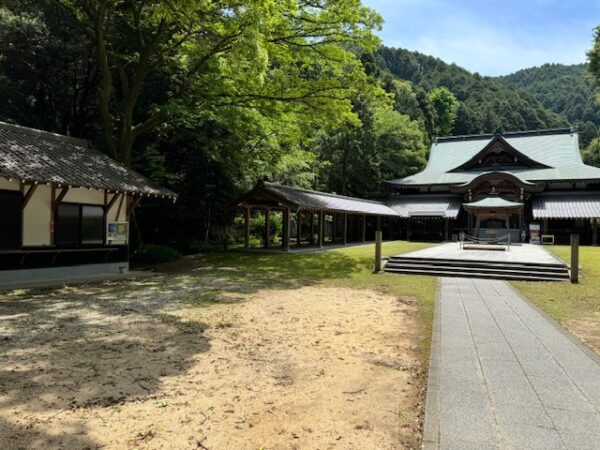
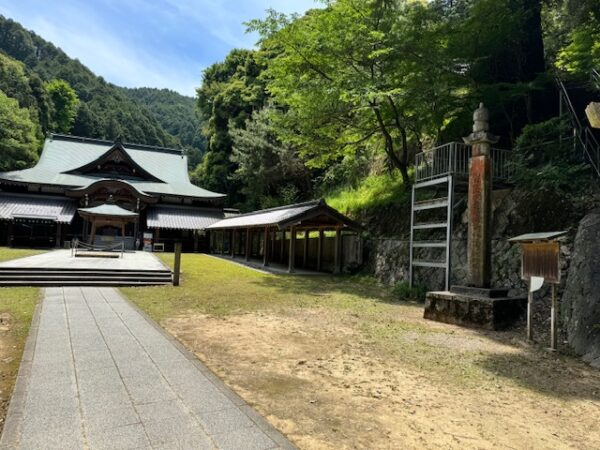
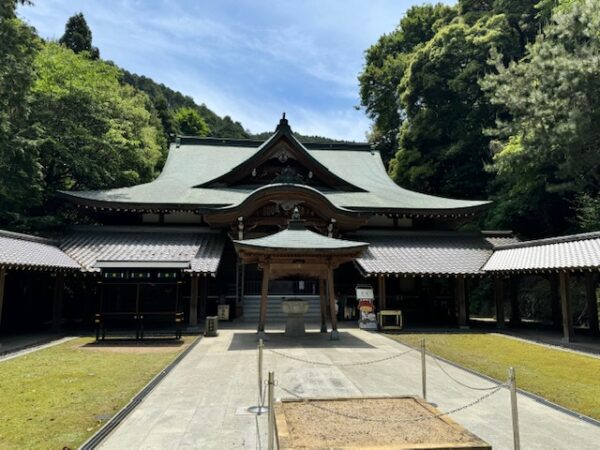
The main temple building resembles a bird in flight.
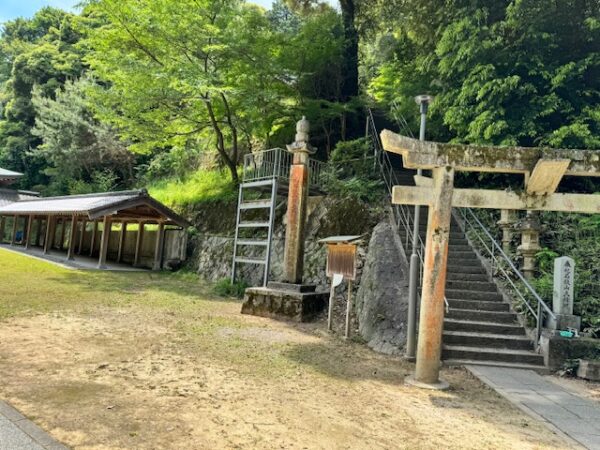
A torii gate on the temple precinct.
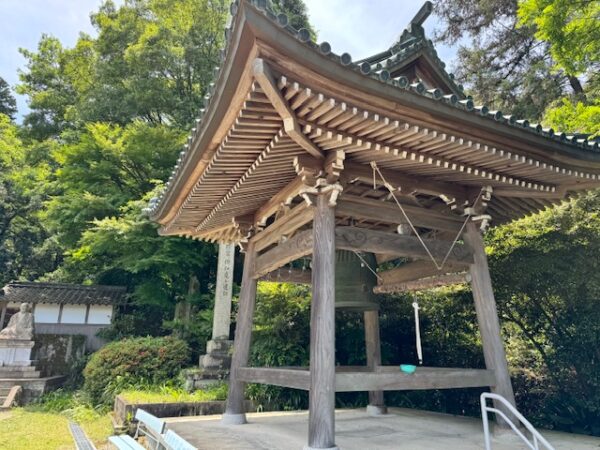
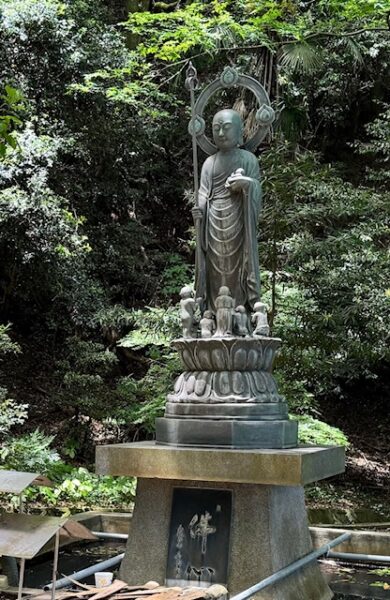
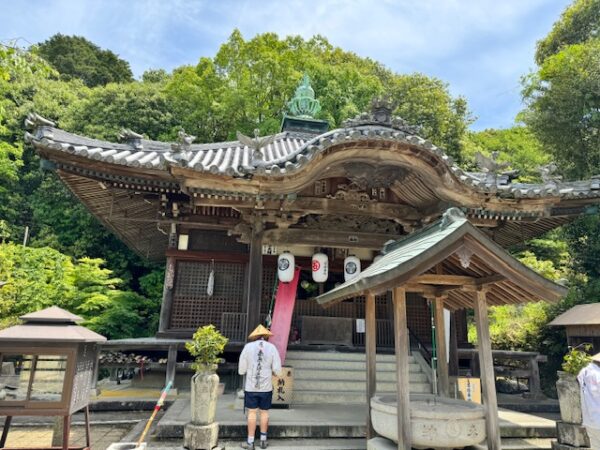
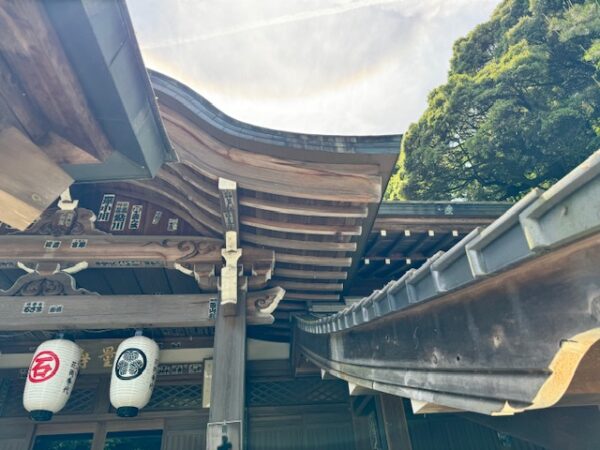
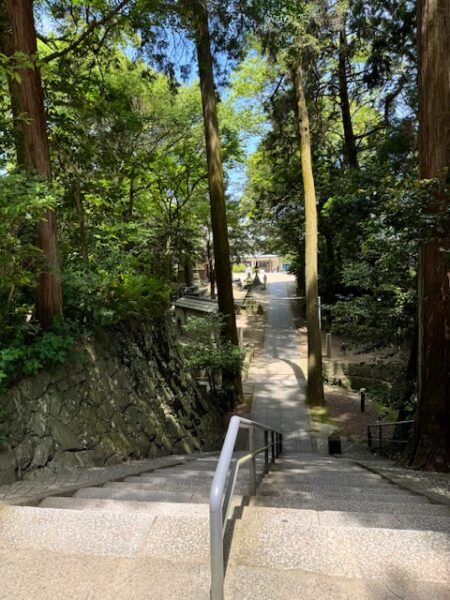
More steep steps.
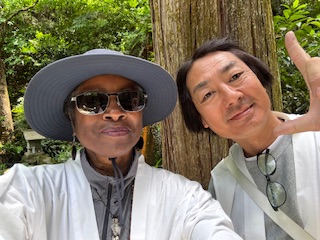
Another ohenro friend that I saw before on the path. He came over to greet and take a photo with me.
I ran to another ohenro friend who is walking the path with his father. The old man completed the pilgrimage earlier in his life. Now he was sharing his experiences with his son.
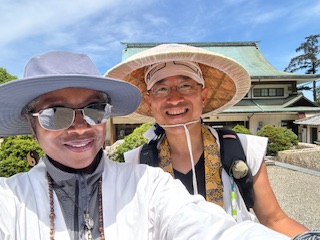
He is a charmer too. Through his son, he told me that he wanted to play a song for me on his conch-shaped flute. I bet he says that to all the girls!
Listen to his thoughtful and graceful playing of Amazing Grace
Click on video:
Amazing grace, indeed. Arigato gozaimous. 🕉️
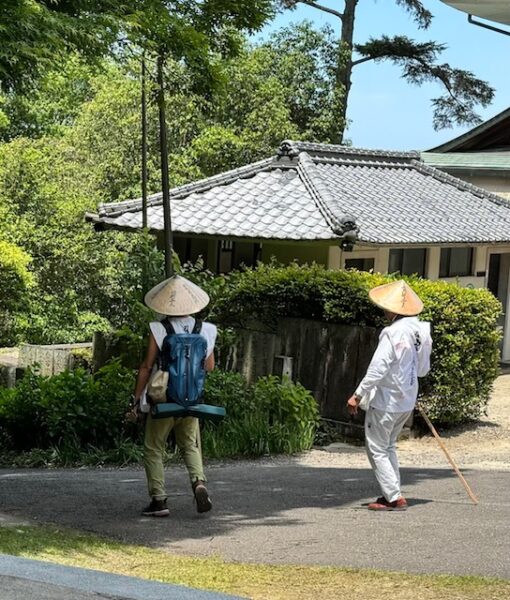
Here they are walking on to the next temple.
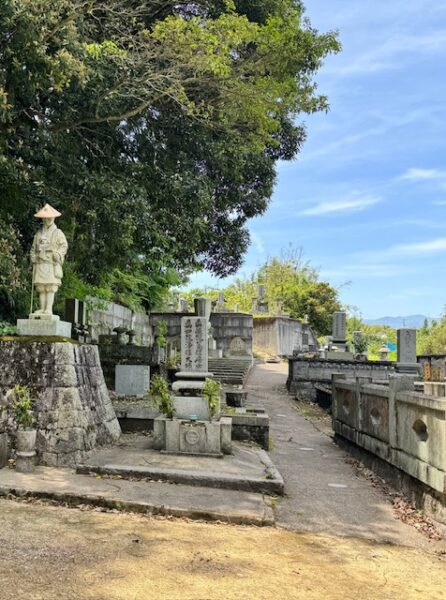
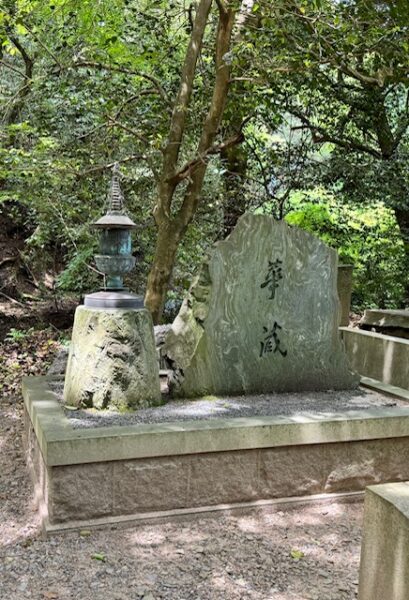
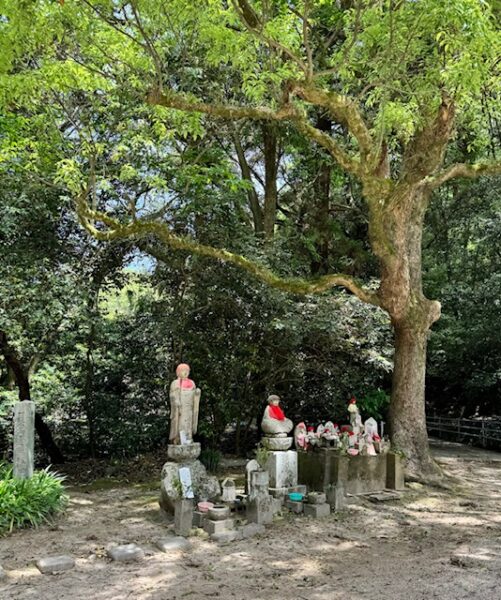
Jizo are lined up and watching over us all.
See you next time.
Baadaye and Mata Ne
Shirley J ♥️
This and several posts this summer will chronicle my pilgrimage in Japan where I am walking the 1200 kilometer-long Shikoku 88 temple pilgrimage. Read my announcement here.
I am excited, and I am here, still walking. And just know this, I will return to tell the tale!

T62, 61, 63, 64
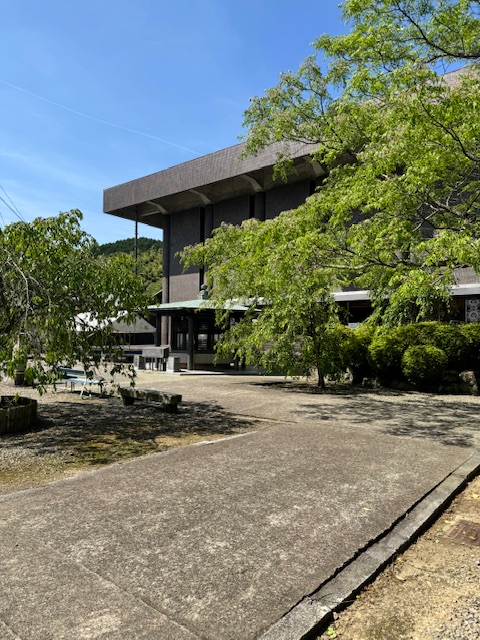
2 thoughts on “🌸 Noire Henro-san: Moving With Grace”
The old man was very good, see you at the next stop, be safe.❤️
Yes, he was. Sweet and dapper, too. 🌸
Comments are closed.